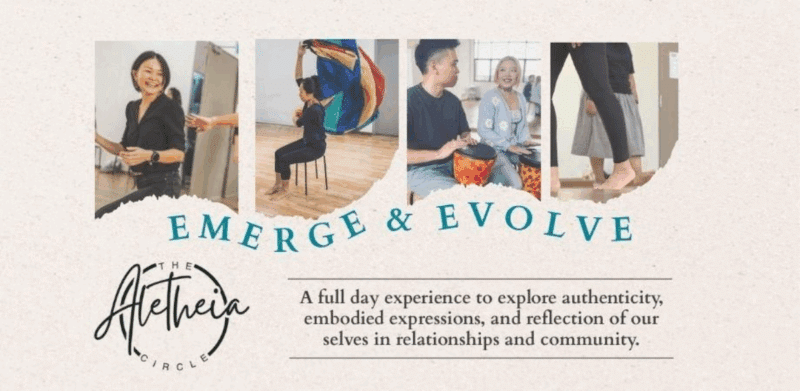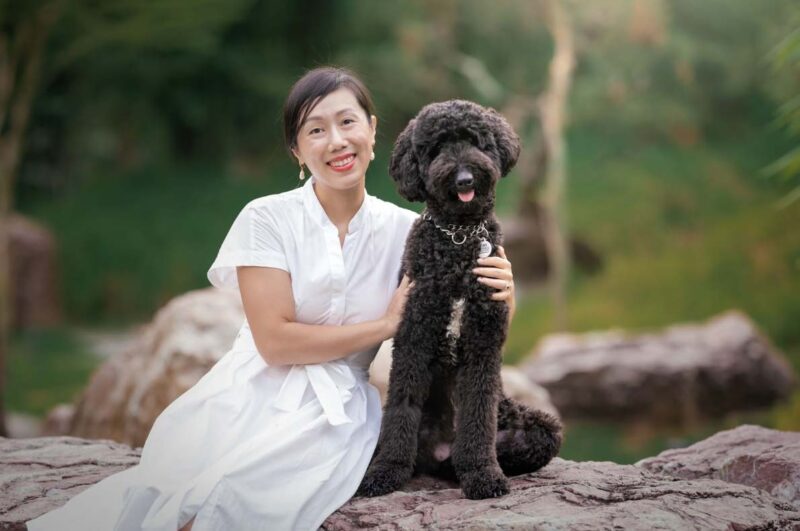Why are weekly therapy sessions 50 minutes?
Why not more, why not less? I often get that question from clients. Here’s what I tell them:
Having a set time allows for the client to think about how they want to use that time. Do they want to talk about 10 things or focus on just one or two? Covering 10 things in 50 minutes might feel unproductive, while honing in on a few key issues would mean having to drop the rest and only getting to talk about them in the next session.
Call it a decision-making warm-up: Making choices even before tackling the bigger life decisions that brought them to this session.
The thing is, we won’t know if those choices (to talk or not talk about a topic) were a good one until the client reflects on their experience of the session.
Like other life decisions, we can’t tell if they were right or wrong until we look back on them. We can also decide not to decide, and not making a decision is still a decision. Only by embracing this freedom of choice, confronting our anxieties by making a decision, and taking responsibility for our decisions, can we engage with our choices more consciously and be more authentic with ourselves.
As such, the 50-minute therapy time boundary isn’t just about watching the clock. It makes the therapy space a safe space for clients to practice making decisions, regardless of whether they are the right or wrong ones.
To borrow from Sonke Ahrens in How to Take Smart Notes: “Here, gut feeling is not a mysterious force, but an incorporated history of experience.”
In simpler terms, with all the decisions made and owned up to in that therapy space, clients can gain experience through therapy on how to rely on their intuition (or that gut feeling) to navigate different situations.
About the Author
Hi, I'm Mag: a UKCP-accredited counselling psychologist and founder of Singapore’s first ever existential practice. My care philosophy is not to diagnose, label, or categorise but rather to work with the individual in front of me in the here and now.
My clinical credentials certainly play a significant role in defining my professional identity. But to foster a deeper connection and authenticity, I invite you to discover my other “Selves”, the various facets of who I am.











